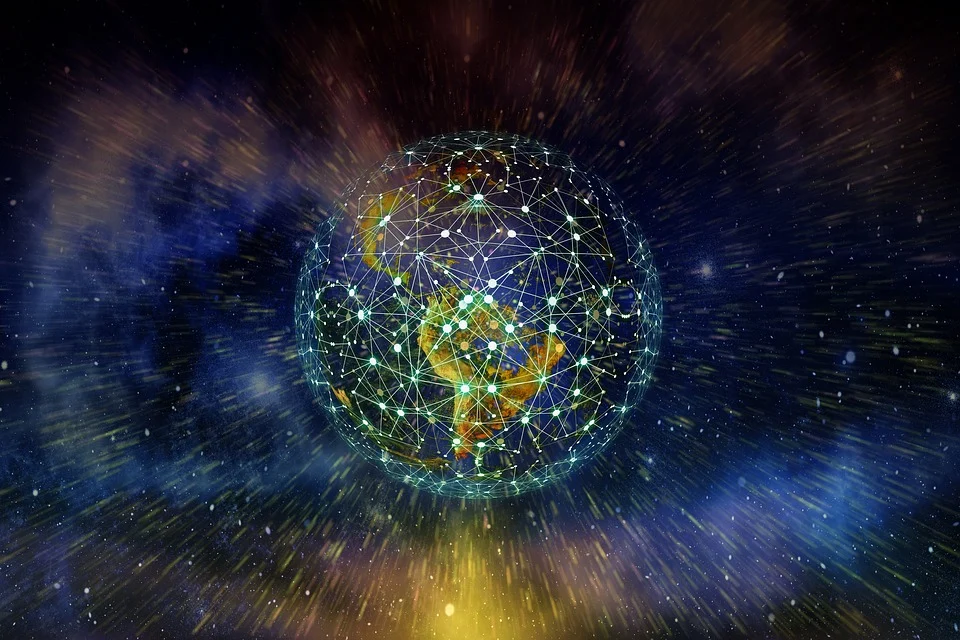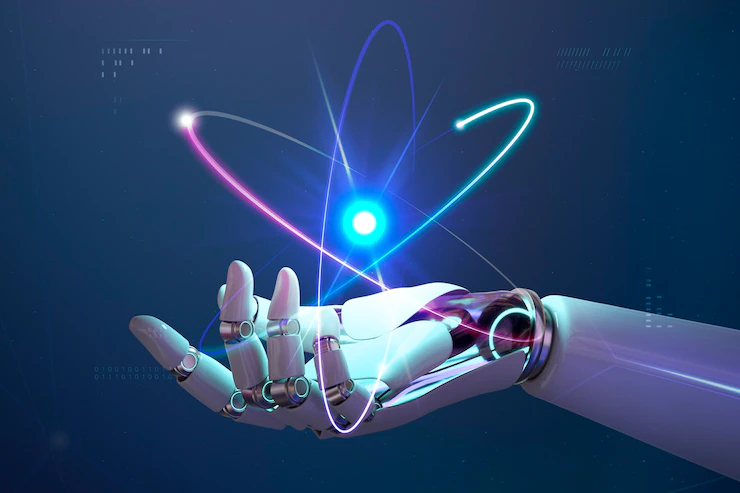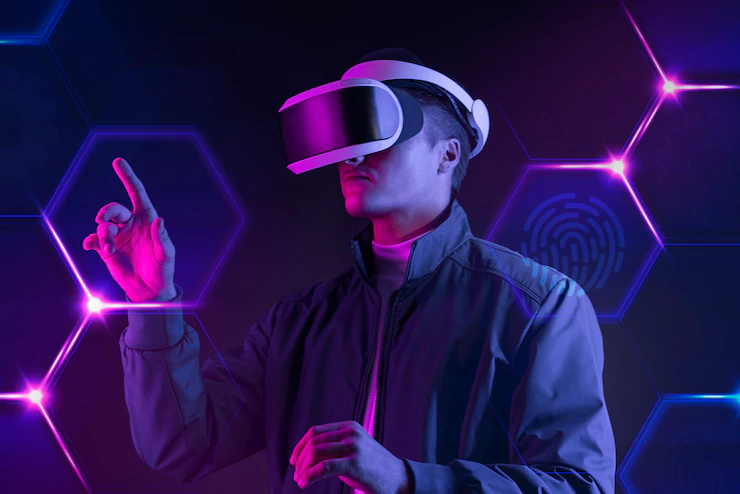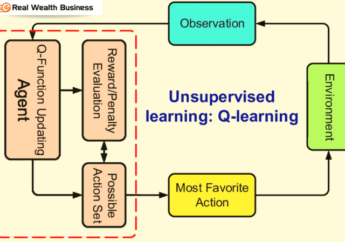4 Technologies That Hold the Key to the Future
by Arnab Dey Technology Published on: 10 February 2022 Last Updated on: 11 February 2022

If you’ve ever talked to your grandparents about anything, you must’ve heard some variation of “I don’t understand how this works” from them. And it’s understandable: they couldn’t imagine having a personal computer that fits in your pocket even thirty years ago.
Several decades from now, you’ll also be baffled by how much your life has changed thanks to new technologies finding their way into your life here and there. But what exactly should you expect? And why should you care?
The thing is, half the jobs that exist now will become obsolete in two decades. And in their place, new jobs will appear – but they’ll require sophisticated sets of skills. That’s why you should prioritize building those skills to secure a job of the future now.
So, if you’re a college student, you’ll be better off getting an excellent assignment done by paper writing service EssayPro while you figure out how you can be at the forefront of the technological revolution. Here are four major technologies that are already changing the world – and which deserve your attention.
1. Artificial Intelligence
Artificial Intelligence software is already surrounding you, whether you know it or not. Those automatically generated subtitles on YouTube? That’s natural language processing which wouldn’t exist without AI. Your Netflix suggestions on what to watch next? This recommendation system is powered by AI, too.
Other current use cases include:
- Facial recognition and computer vision;
- Image labeling;
- Virtual assistants;
- Customer support chatbots.
How Will It Define the Future?
Considering how integral AI already is, there’s no need to do any guesswork. It’s here to stay. But what should you expect from it in the following decades? Here are just some ideas that are already being explored:
- Digital resurrection. Joshua Barbeau went viral with his story about digitally resurrecting his ex-fiancé using a chatbot. He trained the algorithms based on her old texts and Facebook messages.
- Creating art. NVIDIA Canvas already allows you to turn simple brushstrokes into complex art. AI can also be trained to turn photos into paintings of a specific style (e.g., apps like PaintSnap).
- Electronic nose. Combined with special sensors, AI-powered applications could detect spoiled food, chemical weapons, and even cancer!
- Self-driving cars. AI powers the computer vision that analyzes the environment around the car, as well as the decision-making process. And Waymo self-driving taxis are already roaming the streets of Phoenix, Arizona.
2. Immersive Virtual Reality
Unless you’ve been living under the rock, you couldn’t have missed the latest news in the world of tech. Facebook has become Meta, and the company’s focus is now on connecting people in a virtual world. If you have a VR headset, you can even visit Meta’s Horizon Worlds now!
Does it give off Ready Player One vibes? Yes, undeniably. But that doesn’t mean it’s going to remain an idea that belongs only in sci-fi (or gaming, for that matter). Just like Facebook has radically changed the way people all around the world socialize, shop, work, and study, so can the metaverse.
How Will It Define the Future?
Here are just a few ways immersive VR worlds can become an integral part of your life:
- Replacing video conferencing. VR can transform how distributed teams collaborate and speed up the transition to fully-remote work. A virtual meeting in the metaverse can have that real feeling of presence in the room – something Zoom can’t give you.
- Transforming learning and education. You can expect to see virtual classrooms pop up along with virtual workplaces. What’s more, VR can also help teach history, human anatomy, or skills like driving or piloting.
- Remote socializing. Instead of group chats, you can have virtual chat rooms around a bonfire or in a nightclub. But unlike chats, you’ll be able to see people’s faces and interact with them as if you were actually in the same room.
3. CRISPR Gene Editing
You probably haven’t heard about CRISPR that much; it didn’t get as much publicity as the metaverse. Still, it deserves your attention: this technology is, in a nutshell, like the copy-paste Microsoft Office Word tool – but for genome, human or otherwise.
The implications behind this technology are amazing. In practice, CRISPR can allow scientists to edit human DNA. And it’s not a hypothetical application: in 2019, CRISPR was used to treat a woman with a genetic disorder (sickle cell disease).
How Will It Define the Future?
While CRISPR still faces scrutiny for the ethical implications of using it on humans, there’s no denying how big of a game-change it can be. Here are just some ways it can be used:
- Treating genetic diseases. So far, CRISPR has been applied to two genetic disorders in humans. However, those aren’t the only diseases that can be eradicated with CRISPR. It might be possible to treat HIV and eradicate malaria with its help.
- Reviving extinct species. But this is possible only under one condition: scientists have to use CRISPR on a closely related species to revive an extinct one.
- Enhancing crops and animals. CRISPR has already been used to modify several plants to increase their yield, nutritional value, and drought resistance.
4. Brain-Computer Interface (BCI)
This is another entry on this list that sounds like sci-fi – but isn’t. In case the name looks a bit too cryptic for you, think about BCI as a way to control technology with the power of your thought.
And no, it’s not a scam, unlike some education platforms online. Elon Musk has already unveiled a working prototype for the Neuralink brain chip implant back in 2020.
This chip, for now, has been tested on a pig named Gertrude and a monkey that played video games with its help.
How Will It Define the Future?
The final goal behind the Neuralink chip is ambitious: it’s meant to allow paralyzed people to use smartphones and other devices. But it’s not the only possible application for the technology:
- Prosthetics. Right now, most limb prosthetics are controlled by particular movements of muscles. With a BCI, people won’t have to learn this “vocabulary” to control the prosthetics. They’ll be able to use it just as a regular limb using brain impulses.
- Neurogaming. Remember that monkey that learned to play video games using the Neuralink chip? The pace of gameplay remains somewhat slow for now, admittedly. But one day, you might be able to experience gaming without the keyboard or the mouse.
- Telepathic communication. Some researchers are attempting to create synthetic telepathy with the help of brain implants. However, direct brain-to-brain communication technology is still in its infancy.
8 Honorary Mentions
These four technologies listed above are just the tip of the iceberg. They’re either already entrenched in your daily life or the most likely to come here to stay. But there are eight more emerging technologies that you can bet will change the world and how humanity interacts with it:
- Satellite internet connection (e.g., Starlink, OneWeb);
- Closed ecological systems (e.g., Biosphere 2);
- Blockchain and digital currencies;
- Flexible electronics (e.g., folding smartphones like Samsung Galaxy Z Fold 3);
- 5G and its future successor, 6G;
- 3D and 4D printing;
- Wireless energy transmission;
- Quantum computing.
Final Thoughts
Before you close the tab, let’s make one thing clear: no one can predict the future with a 100% accuracy rate. That said, if you wonder about what the future holds, technology-wise, your safest bet is to look at the emerging technologies that are already diffused and commercialized today.
Of course, there’s no guarantee that there won’t be a radically brand-new technology that even the brightest minds can’t conceive of today. But the point isn’t to predict the future to a T. It’s to guide you in choosing your future career.
Read Also:





































































































